#Lusetti Family
Explore tagged Tumblr posts
Text
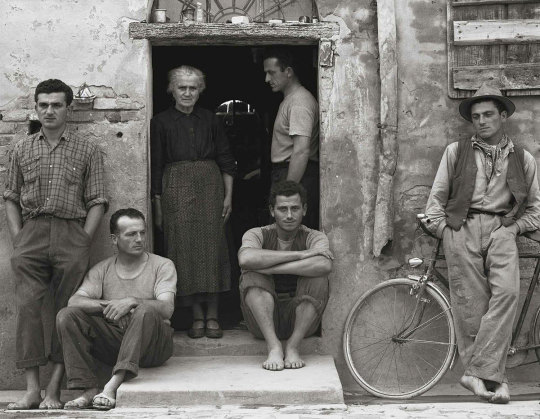
The Lusetti Family. Luzzara, Italy. 1953
Photo: Paul Strand
286 notes
·
View notes
Text

Paul Strand, The Lusetti Family, Luzzara, Italy, 1953 © Aperture Foundation Inc., Paul Strand Archive. Fundación MAPFRE Collections
7 notes
·
View notes
Text

The Lusetti Family, Luzzara, Italy in 1953 by Paul Strand
3 notes
·
View notes
Text

the lusetti family, luzzara, italy, 1953. 📷 paul strand
1 note
·
View note
Photo
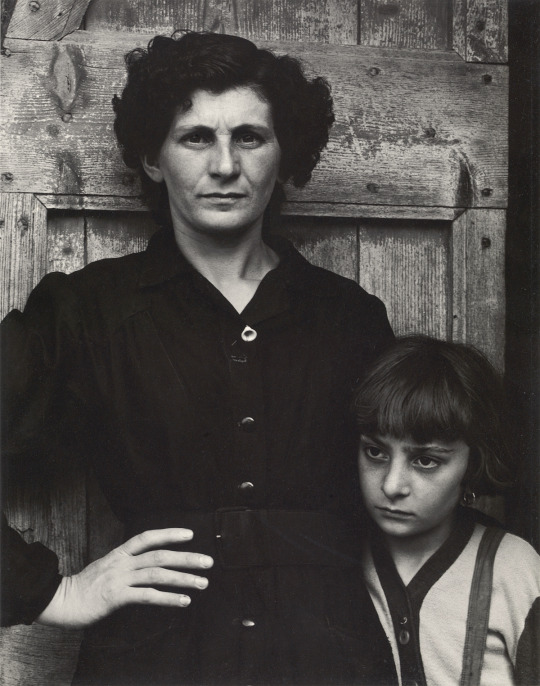

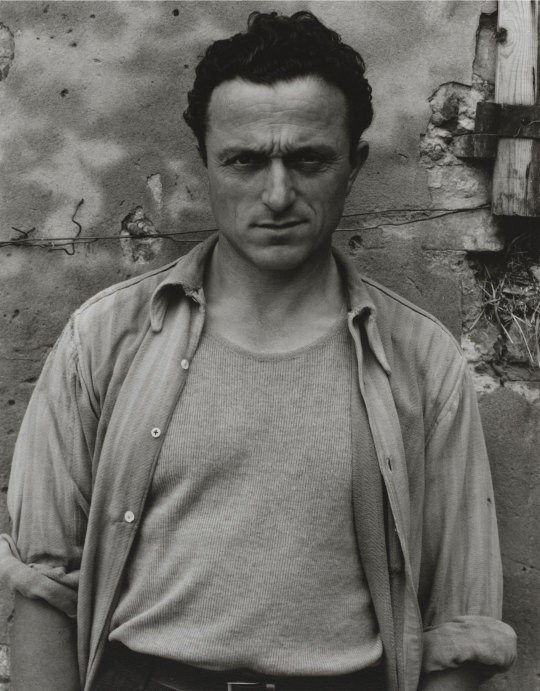

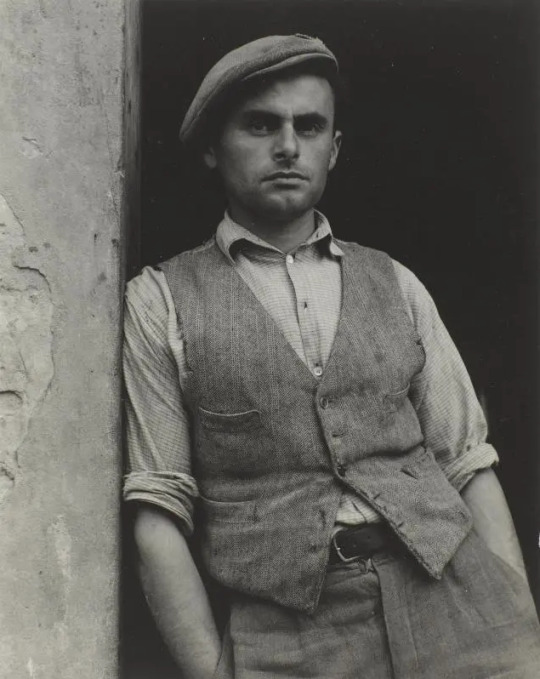



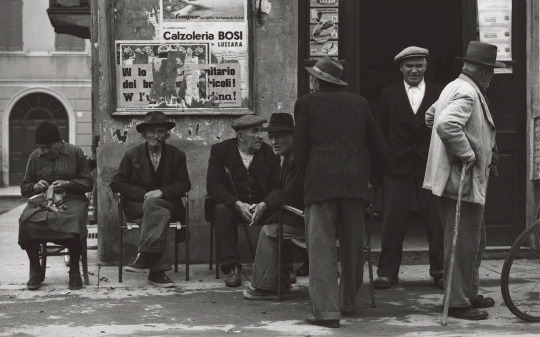

Paul Strand - People photography, Luzzara, Italy, 1952-1953.
#famous photographers#portrait photography#history of photography#the lusetti family#people photography#paul strand
97 notes
·
View notes
Photo




Paul Strand was born on this day in 1890 in New York. He had a long and prolific career and was known for his photo technique and film work, which helped established photography as an art form in the 20th century. Learn more about the artist and explore our collection, the most comprehensive repository of Strand’s work, here.
"Wall Street, New York," 1915 (negative); 1915 (print), by Paul Strand © Paul Strand Archive/Aperture Foundation. "The Family, Luzzara (The Lusettis)," 1953 (negative); mid- to late 1960s (print), by Paul Strand © Paul Strand Archive/Aperture Foundation. "Anna Attinga Frafra, Accra, Ghana," 1964 (negative); 1964 (print), by Paul Strand © Paul Strand Archive/Aperture Foundation. "Church, Ranchos de Taos, New Mexico," 1930 (negative); 1930 (print), by Paul Strand © Paul Strand Archive/Aperture Foundation.
#Paul Strand#Strand#happy birthday#on this day#born on this day#artist birthday#art#art museum#museum#art history#history#photography#photographer#black and white photography#modern art#modern photography#Philadelphia Museum of Art#Philadelphia art museum#Philly art museum#Philly museum of art
99 notes
·
View notes
Photo

PAUL STRAND (1890-1976) The Lusetti Family, Luzzara, Italy, 1953.
1 note
·
View note
Text
Reading Response #4
Meredith O'Bara
For this reading response we looked at both context and gaze. The book describes context as the environment and extra information in a photo that creates the larger story being told. Context can be used in many different ways to show those small details in a photo. One example that is given in the book is the use of juxtapositions with Margaret Bourke-White’s photo of African Americans waiting for food after a flood with the sign “Worlds highest standards of living” sign behind them. This creates the “context” or story of the photo. The book talks about how one thing you have to make sure with context is to, "make sure everything in your frame has a purpose." What you choose to put in the photo adds to the context and creates those details to the story. We also read about what the book calls “the gaze.” Gaze is the line of focus that your subject takes. Some subjects gaze is forward where viewers feel they are looking right at them. Other gazes are away where the viewer is questioning what or who they are looking at. The book says, “photographing people results in a tense power play of gazes between subject, photographer and viewer.” The gaze of a subject can add to the story of the photo and create the feel of it. For example, the book shows Paul Strands photo of the Lusetti family. All of the sons in the photo are looking in different directions showing a cause of division or tension. The mother is looking forward making eye contact with viewers. Both context and gaze are aspect you have to think of when taking a photo. They create the story you are trying to capture.
0 notes
Photo







The medium of photography is roughly 170 years old, and has fundamentally changed the way we see, understand, and experience the world. #WorldPhotoDay
“Untitled #851 (Woman with Radio), 1956–57 (negative); 2002 (print), by Seydou Keïta © Association Seydou Keïta, Bamako, Mali; Courtesy Sean Kelly Gallery, New York and JM Patras, Paris
“Untitled (Peaches!),” 1971 (print), by William Eggleston © William Eggleston
“Group of Leaves on a Tulle Background,” 1864, by Charles Aubry
“New York at Night,” c. 1932, by Berenice Abbott © Berenice Abbott/Commerce Graphics
“Charging Elephant, Central African Republic,” 1993, by Michael Nichols © Michael Nichols/National Geographic
“The Family, Luzzara (The Lusettis),” 1953 (negative); mid- to late 1960s (print), by Paul Strand © Paul Strand Archive/Aperture Foundation
“Untitled, Ba Vi,” 1998, by An-My Lê © Courtesy of the artist and Murray Guy, New York
#World Photo Day#photo#photography#photographs#black and white photography#photographers#Seydou Keïta#portrait#William Eggleston#Charles Aubry#New York at Night#New York#New York City#NY#NYC#Berenice Abbott#Charging Elephant#Elephant#Michael Nichols#Wild#Wild: Michael Nichols#The Family Luzzara#Paul Strand#Strand#art#art museum#museum#art history#history#Philadelphia Museum of Art
157 notes
·
View notes
